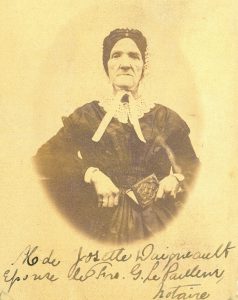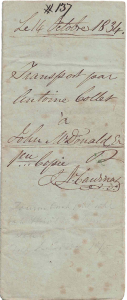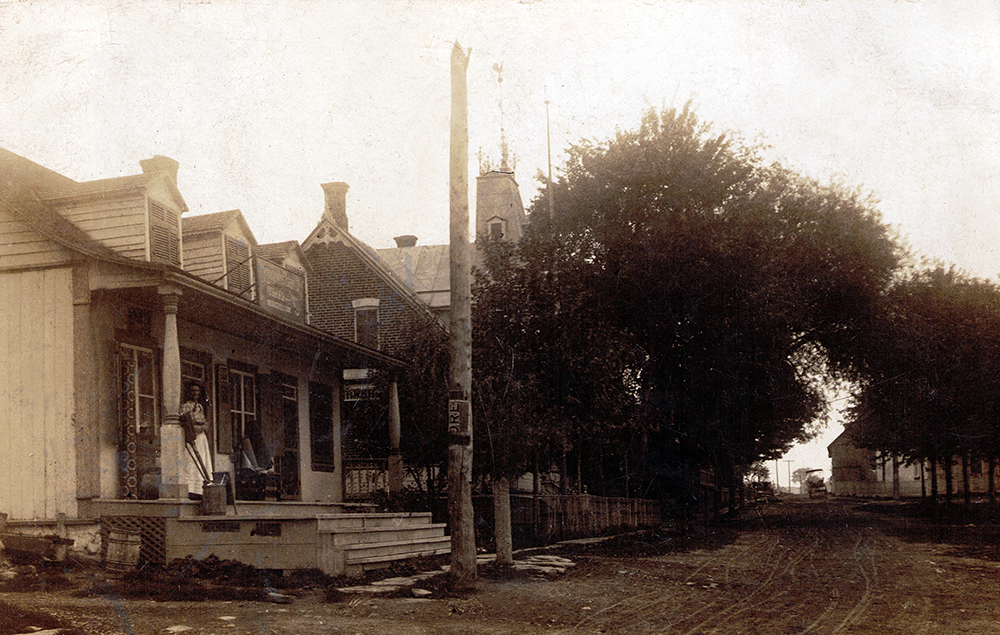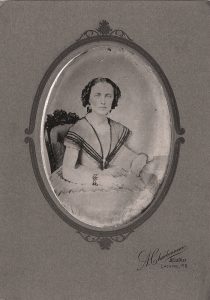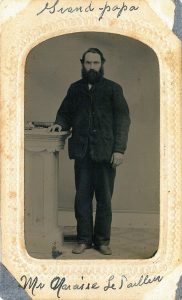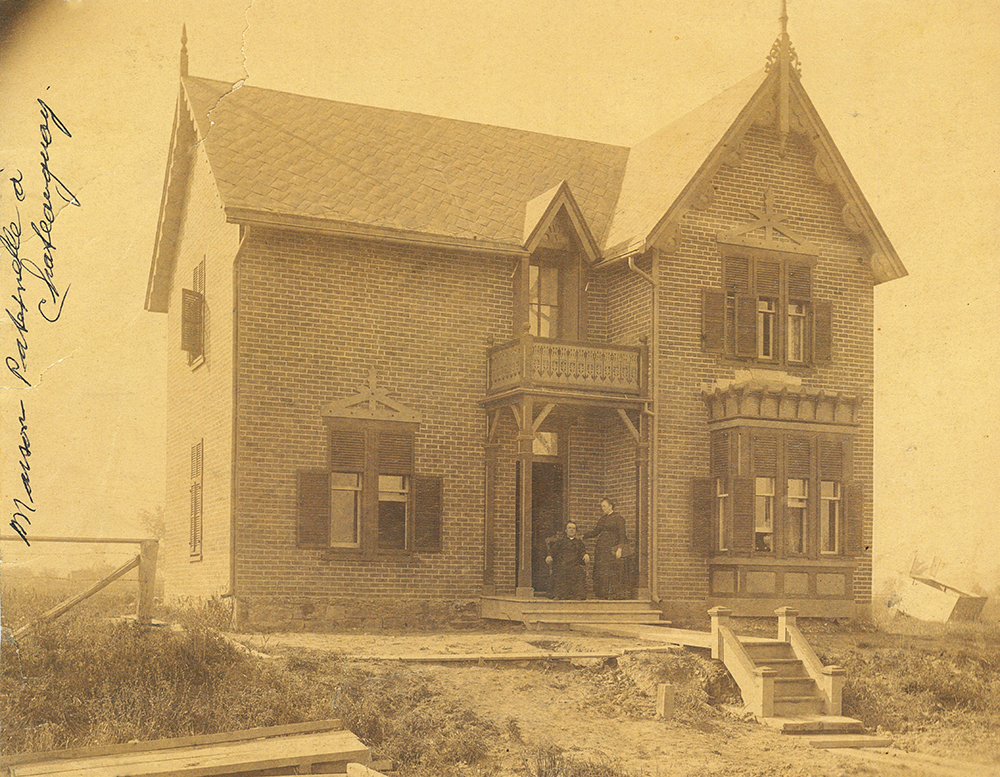Châteauguois by choice and at heart
The LePailleur family has participated in the development of Chateauguay from 1820 to the beginning of the 20th century
We can find traces of notary François-Georges LePailleur in the city of Châteauguay starting in 1820. There are records of his first five children, born of his second marriage to Josephte Daigneault. Besides establishing his family, LePailleur also built his clientele in Châteauguay and trained clerks Marc-Antoine Primeau and the future deputy of the Parti patriote, Joseph-Narcisse Cardinal.
The two young men followed him when he moved in 1826 to the house on lot 25 (now lot 81) on the banks of the Chateauguay River. The Norman-style residence perfectly met LePailleur’s needs. There was enough room to accommodate the family, which continued to grow, and there was a room that could be dedicated to his practice.
Ten years after his arrival in Châteauguay, François-Georges became a syndic for local schools. This position was in addition to his involvement in his parish. His career ended in March 1834 when illness prevailed. He was 54 years old. His children were then between the ages of 2 and 14.
Nevertheless, his influence on his adopted city did not end with his death. François-Georges ensured that his children received a quality education that would give them the opportunity to practise good professions such as nun, doctor or notary, or to marry properly. His widow had to take care of the children and the estate, a role she held until 1855, at which time she donated it to her son Alfred-Narcisse, who had become a notary.
It was then his turn to establish his practice in the family residence located in the heart of the village. After his marriage to the young Philomène Dalton in April 1856, not only did clients multiply, but so did his offspring. In 25 years, 15 children were born while only three did not reach the age of one—which was normal at the time.
In addition to his profession, Alfred-Narcisse was actively involved in his community. He was syndic and school commissioner, secretary-treasurer and churchwarden of the Saint-Joachim parish, and enumerator for the censuses. He was also interested in politics. At the age of 53, he even became a Conservative candidate in the riding of Châteauguay but was defeated by Liberal Édouard Laberge.
At the heart of a village (subtitles available in French and English). Enjoy the French video with an English transcription.
In 1875, after 49 years of owning the residence that now bears his surname, the family settled a little further north, on Salaberry Boulevard. Then, in 1891, they departed for Lachine. Far from denying his roots in the region, Alfred-Narcisse kept a residence in Châteauguay until 1908 and maintained business relations in the area. In addition, the company founded by three of his sons continued to sponsor events in their hometown. There are still some accounts of the passage of this illustrious family, not only in the local archives, but also in the toponymy of the territory, of their former house and of a street that bordered one of their lands.
Il reste encore aujourd’hui quelques témoignages du passage de cette illustre famille, non seulement dans les archives locales, mais aussi dans les dénominations du territoire, celles de leur ancienne maison et d’une rue qui bordait l’une de leurs terres.


